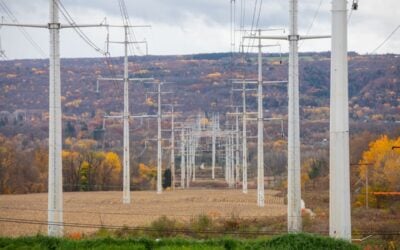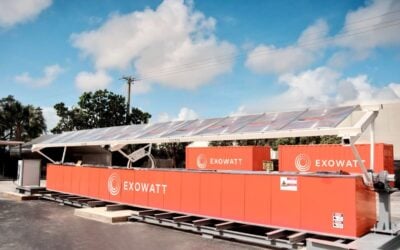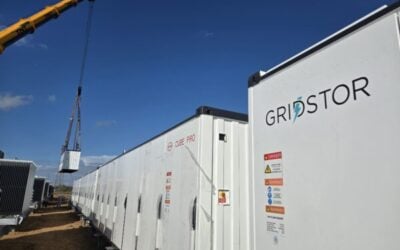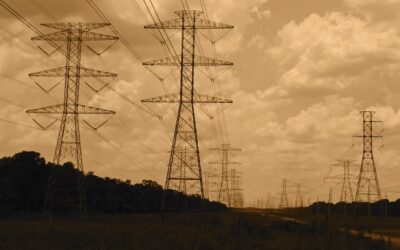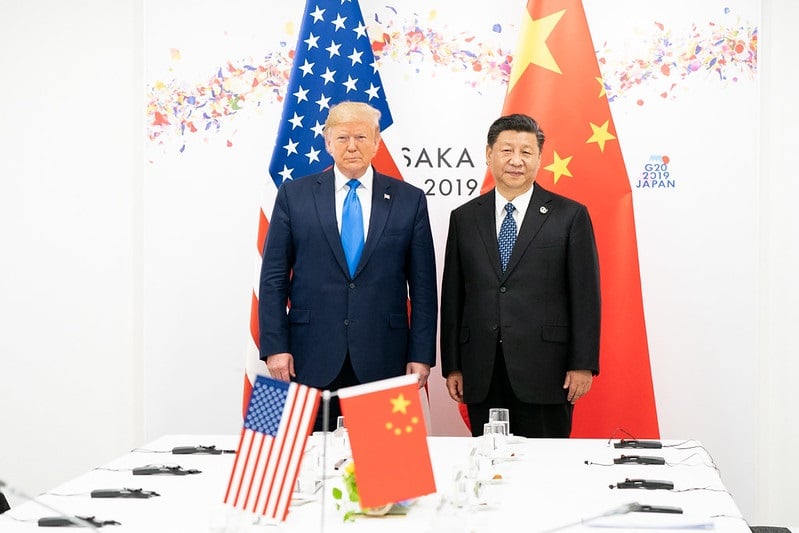
Despite lowering its forecasts due to US-led tariff and policy disruptions, BloombergNEF (BNEF) says 2025 will be a record-breaking year for energy storage.
The research and analysis firm has just published its 2H 2025 Energy Storage Market Outlook report, tallying global deployments and summarising market developments in the first half of this year, while forecasting the outlook ahead.
BNEF has estimated that 92GW and 247GWh of energy storage, excluding pumped hydro, will be installed worldwide in 2025, a 23% increase in megawatt terms from the 2024 total of about 70GW and more than double the 44GW BNEF reported for 2023. Around 85% of additions this year will be grid-scale systems, the firm said.
Further growth of about 33% is expected next year, with BNEF predicting 123GW/360GWh of installations during 2026, and then around a 23% compound annual growth rate (CAGR) in gigawatt terms between now and 2035.
Try Premium for just $1
- Full premium access for the first month at only $1
- Converts to an annual rate after 30 days unless cancelled
- Cancel anytime during the trial period
Premium Benefits
- Expert industry analysis and interviews
- Digital access to PV Tech Power journal
- Exclusive event discounts
Or get the full Premium subscription right away
Or continue reading this article for free
The firm said it had lowered its expectations for 2025 slightly due to the on-again, off-again US tariffs against trading partners, particularly China, and changes in US policy direction ushered in with the second Trump presidency.
However, those headwinds are likely insufficient to blow the global industry off course from a record-breaking year.
BNEF had warned that US installations could plummet if the ‘One Big Beautiful Bill Act’ were to pass with the elimination of tax credits for energy storage. In the end, the final legislation passed into law retained the investment tax credit (ITC) and production tax credit (PTC) incentives for energy storage, albeit with the significant caveat of new foreign entity of concern (FEOC) provisions.
Therefore, while the near-term impacts of US policy might dent the growth trajectory in the world’s second-biggest market by country after China, their effect will be less severe than they might otherwise have been.
At the same time, BNEF noted that other markets besides the US and China are contributing more and more to growth, including Germany, the UK, Australia, Canada, Saudi Arabia and Sub-Saharan Africa.
The latter part of this decade will see energy storage scale up in markets including India, Southeast Asia, Italy and Latin America and by the mid-2030s, BNEF forecasts cumulative installed capacity worldwide to reach 2TW/7.3TWh.
BNEF sees the near future continue to be dominated by short-duration assets, predicting that about 80% of the total gigawatt-hours of storage projects built by 2028 will be less than 6-hour duration.
Long-duration energy storage (LDES) assets will start to capture a larger market share as projects come online in the latter part of this decade in markets including Australia, the US, Canada, the UK, Japan, South Korea and Italy.
The firm noted that recent LDES procurements have seen lithium-ion (Li-ion) BESS technologies compete for 6-hour and 8-hour duration opportunities, where previously 4-hour applications would have been considered the upper limit for lithium.
BNEF does believe, however, that while the dominance of lithium iron phosphate (LFP) chemistry is likely to continue in the medium-term, its share of the market will peak in about two years’ time as a mix of “unidentified technologies including long-duration energy storage” starts seeing deployments at scale.

